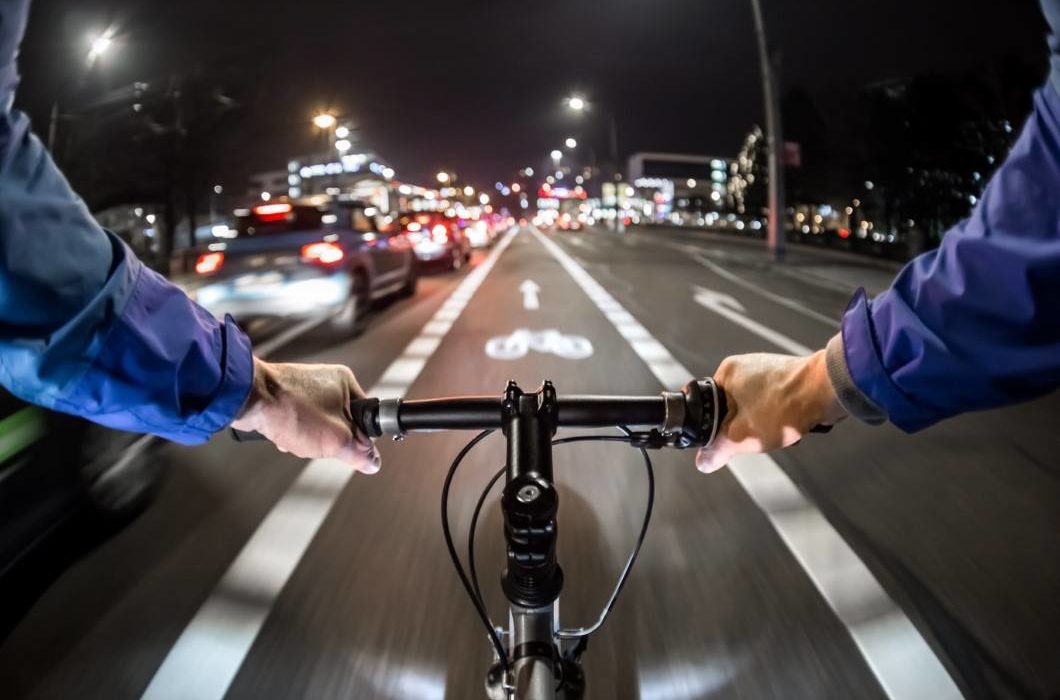
You might also like:
A study conducted in 90 cities around the world focused on the comfort of cyclists and the conditions they have. It was revealed that the situation is much harder for cyclists in the largest urban areas.
While using a bicycle is beneficial for the environment, there are environments that make it impossible. Large urban areas are one of them, as revealed in a recent study “Global bicycle cities index 2019”, which includes 90 cities from all over the world and sorts them according to several factors that are important for the comfort of cyclists. Among such factors is the accident rate involving bicycles, the theft rate of bicycles, the percentage of users in the city, or the investments made by the municipality for infrastructures such as bicycle paths or shared bicycle stations.
Like any other sector, it is obvious that developing countries are not at an optimal level regarding the comfort of cyclists. The lack of investment is reflected in the ranking: the top five cities are Utrecht (Netherlands) with a score of 77.84 out of 100, Munster (Germany, 66), Antwerp (Belgium, 66), Copenhagen (Denmark, 66) and Amsterdam (the Netherlands, 66). Benelux, Scandinavia, and Germany are among the most represented countries at the top of the ranking. Utrecht would, therefore, be the best city for a cyclist. The Dutch city is the only one with a cycling rate of more than 50% of its population! The first major cities in this ranking are not European, however: Auckland (New Zealand), 7th with 55 points, and Hangzhou (China), 8th with 52 points.
If we focus on France, the situation is quite satisfactory. The best French cities are Strasbourg and Bordeaux, respectively 12th and 13th with 45 points each. Then come Nice (28th, score 38), Nantes (29th, 38) and the Parisian capital, 32nd with 37 points. This is the culmination of years of municipal initiatives in support of shared modes of transportation. 16% of Strasburgers regularly use bicycles, compared to 3% of Parisians, who are nevertheless effectively served by public transport. However, urban areas are among the best cities in the world in terms of adopted roads and cycle paths: Nantes is first, Paris fourth and Bordeaux sixth.

A trend emerges from this study: the majority of the world’s major cities are at the bottom of the ranking. Their lack of facilities for cyclists prevents them from using their bicycles. It is even dangerous to use your two-wheeler in some cities. This is the case in the largest American cities: Boston has the most cyclists injured after an accident, with an incredible rate of 3.4%! San Francisco, Chicago, New York, and Los Angeles are the only other cities with a rate above 2%, along with Tbilisi, the Georgian capital. All these cities naturally have very few cyclists.
The situation is even more problematic in other cities: in Johannesburg, a cyclist has a 0.007% chance of dying, making the South African city the least safe in the world. Casablanca (Morocco), Cali and Medellín (Colombia) are next, with a rate of about 0.004%. The city known for its cocaine trafficking is second to last in the overall ranking, with a score of only 18.85 out of 100, with Moscow (86th, 21), Tbilisi (87th, 20) and Bangkok (88th, 18.90) being among the last cities. The worst city for the comfort of cyclists is Lagos, with an index of 11.81. While the Nigerian capital is experiencing an exceptional growth rate, it has no bicycle paths or shared bicycle stations. Thefts are very frequent, and the risk of accidents is high.
Despite these extremes, it appears that “car-free days”, contested by motorists, are becoming increasingly democratic on a global scale. Of the 90 cities surveyed, 51 offer this type of initiative at least once a year.
Top 20 Cities Most Comfortable for Cyclists
# CITY / COUNTRY / SCORE
1. Utrecht / Netherlands / 77.84
2. Munster / Germany / 66.15
3. Antwerp / Belgium / 60.51
4. Copenhagen / Denmark / 60.46
5. Amsterdam / Netherlands / 60.24
6. Malmo / Sweden / 55.88
7. Auckland / New Zealand / 55.38
8. Hangzhou / China / 52.55
9. Bern / Switzerland / 48.76
10.Bremen / Germany / 48.41
11.Hannover / Germany / 48.01
12.Strasbourg / France / 45.45
13.Bordeaux / France / 45.42
14.Hamburg / Germany / 45.11
15.Leipzig / Germany / 44.55
16.Nuremberg / Germany / 43.97
17.Bristol/ UK / 43.76
18.Montreal / Canada / 43.68
19.Innsbruck / Austria / 43.13
20.Berlin / Germany /42.84
Source: tourism-review.com
